PDF chapter test TRY NOW
Synthetic Fibres:
The properties and structure and chemical composition of the fibres are designed according to the need and manufactured synthetically, known as synthetic fibres.
On the other hand, the fibres made from artificial sources or man-made sources is known as synthetic fibres. The raw materials for synthetic fibres is petroleum or natural gas.
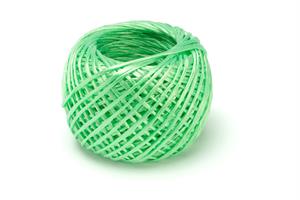
Nylon string
Some common examples for synthetic fibres are polyester, acrylic and nylon. These fibres are cheap and are produced in large quantity. Let us now see the characteristics of synthetic fibres such as nylon, polyester and acrylic, respectively.
1. Nylon:
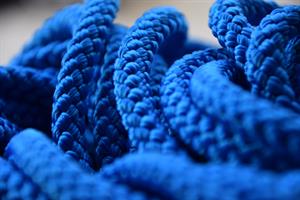
Nylon rope
The first synthetic fibre made and the raw material used is petrochemicals. This was first made in \(1928\) by a group of scientist at Dupont company and was invented by E.I. Du Pont de Nemours and Co. The nylon is composed of hydrogen, nitrogen, oxygen and carbon. These chemical units in nylon is called as polyamides.
Preparation of nylon:
Preparation of nylon:
The hexamethylene diamine and adipic acid are mixed to form nylon salt.
Then it is dissolved in water and heated to get a concentrated salt solution of nylon. This is placed in an autoclave under high pressure, and heat resulting in liner super polymers which is further passed over the autoclave and nylon resins is formed.
Properties of nylon:
Properties of nylon:
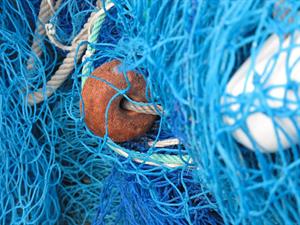
Nylon fishing net
Nylon can be modified as per requirements and are long filament, which as good strength, elongation, and lustrous. The disadvantage of nylon is that they are affected by sunlight and insects can damage these fibres, and their resistance to acid is poor. They are used in making fishing nets, cookware, track pants, swimwear, ropes for rock climbing etc.
2. Polyester:
Polyester is referred to as the workhorse fibre. The monomer used here is ester. The properties of polyester is that they are strong, resistant to chemicals, dries quickly, durable, resists stretching and shrinkage. The disadvantage of this is they have low absorbency.
Polyester is referred to as the workhorse fibre. The monomer used here is ester. The properties of polyester is that they are strong, resistant to chemicals, dries quickly, durable, resists stretching and shrinkage. The disadvantage of this is they have low absorbency.
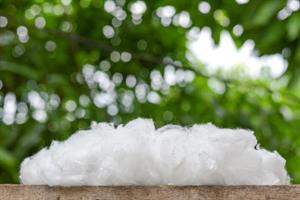
Polyester fibre
They are used in making ropes, nets, jackets, raincoats; terylene is a popular polyester used to make dresses like shirts, PET (Polyethylene terephthalate) bottles or jars in the kitchen.
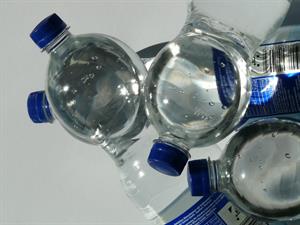
PET bottles
Fabrics sold such as poly cot, poly-wool, and terry cot are polyester. As the name suggests, they produced by mixing two types of fibres. Polycot fabric is made by combining polyester and cotton. Polywool fabric is made by combining polyester and wool.
3. Acrylic:
Acrylic fibres are synthetic fibres made from acrylonitrile or vinyl cyanide. Acrylic fibres are also known as artificial wool.
The advantage of acrylic fibres are lightweight, blended appearance, resist moths, oils and chemicals.
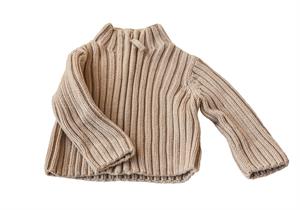
Acrylic yarn fibre
The disadvantage of acrylic fibres is that they have low absorbency, heat-sensitive, weak, and can be dissolved by acetone( nail polish remover, thinner).
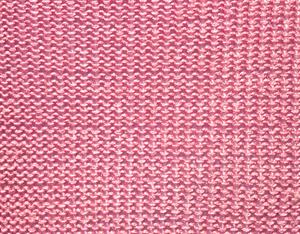
Acrylic fabric
Acrylic fibres used to make winter clothes such as sweaters, shawls, and blankets. Some of the characteristics of acrylic fibre are strong, wrinkle-resistant, comfort and warm.
